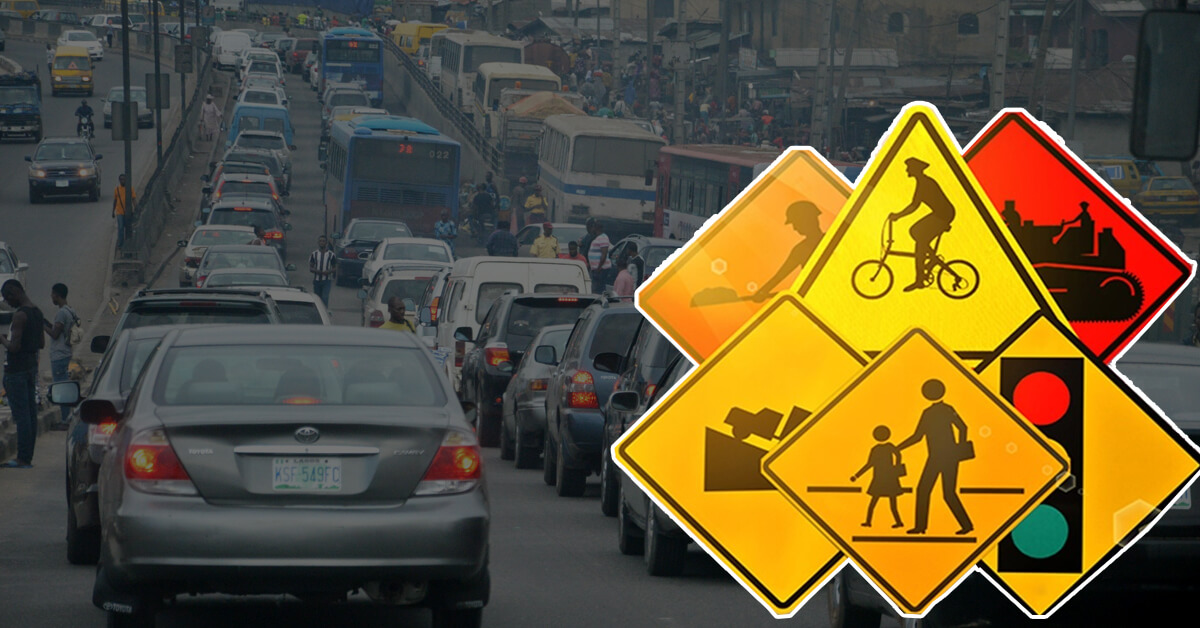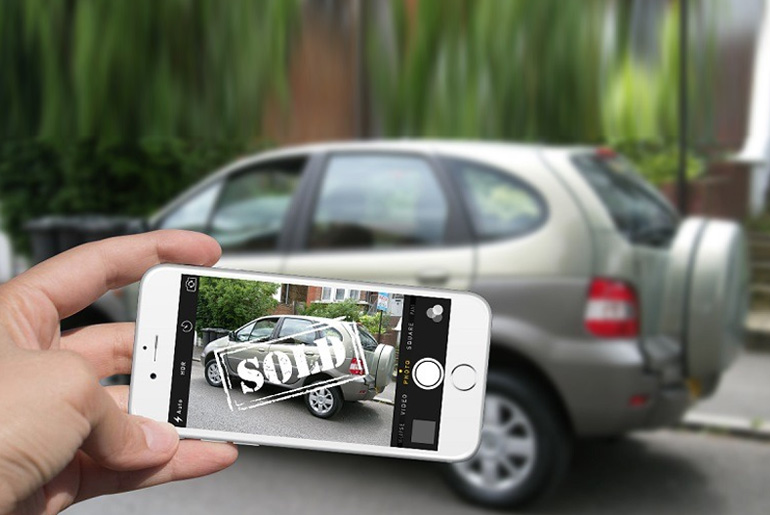One of the riskiest activities that people regularly partake in is driving. It has been estimated that over 40,000 people lose their lives in car accidents each year. Drivers need to be aware of how they might lower their risk when operating a vehicle in light of these troubling figures.
Table of Contents
This post will attempt to offer ideas for negotiating the risks of driving and staying safe on the road. Fortunately, there are some easy actions that drivers can take to help ensure they get home safely after every journey. The statistics indicate that accidents are bound to happen whether you like them or not, and people are going to make mistakes on the road. However, there is a way to be proactive on the road while driving that can drastically improve your chances of remaining safe. And this is through defensive driving technique.
If you live in a busy city, then learning defensive driving is a must.
Minimise the risks for pesky tailgaters
It’s very irritating when people tailgate or follow too close to your vehicle. Not only is it rude, but it’s also dangerous. If someone is tailgating very closely behind you, you should add twice as much space between your car and the car ahead. This helps you see and prepare for a collision. If you are able to, try to move into a right-hand lane or pull over momentarily to let the tailgater pass. And avoid hitting the brakes suddenly, unless you are forced to do so.
Use your turn signal and make lane changes when space is available
You should always use your turn signal to indicate your intent to turn or change lanes. But don’t just activate your turn signal and expect people to allow you in. If the other driver is not paying attention or checking his radio, he might not see your intent to change lanes. Instead, it’s beneficial to wait for a reasonable gap to appear before you make your move. Or you can adjust your speed to find the prime opportunity to make your lane change.
Assume the worst from drivers
We know this sounds like a bummer, but it’s better to be safe than sorry. It’s a good idea to watch other drivers and assume that every driver is going to speed through a yellow light or ignore a stop sign. And it’s a good idea to keep a closer watch on the age of the drivers around you, especially teenagers or the elderly.
You and the Motorists Ahead
People used to say to keep at least a “car length of distance” between other vehicles, but what does this really mean? It’s pretty vague and confusing, so nowadays, people and the authorities recommend adopting a 3- to 4-second rule to anticipate sudden braking or speed changes.
Always use a seatbelt
The most crucial thing you can do to stay safe when driving is to always wear your seatbelt. In addition to being legal, it may also save your life in the event of an accident. Before you start the car, make sure you and every passenger are buckled up to reduce the likelihood of later regret.
Additionally, make sure your seat is customised for you. Without having to extend or lean excessively, you should be able to comfortably reach the pedals and the steering wheel.
Avoid texting and driving
Additionally, it’s crucial to maintain your attention on the road and abstain from distractions like texting, eating, and changing the radio when you’re behind the wheel. Pull over to a safe location and finish the work if you need to do something that diverts your focus from the road.
On the other hand, dementia is a gradual brain ailment that affects memory, thinking, and behaviour, making all of this very worrisome for those who have the condition. They shouldn’t drive because dementia can make it more difficult to drive. People with cognitive impairments may easily become distracted or perplexed, which might raise the risk of car accidents.
Maintenance for Your Vehicle
For safe driving, regular car maintenance is necessary. Verify the functionality of your headlights, tires, and brakes. Regularly check your oil and other fluids, and have your car serviced as the manufacturer specifies. Additionally, if you have a mechanical problem while driving, pull over to a safe location and make an emergency call.
Defensive driving
Driving defensively means being conscious of your surroundings and planning ahead for other motorists’ moves. Always leave plenty of space between you and the automobile in front of you and be ready to react to unforeseen circumstances. Steer clear of belligerent driving practices, including cutting off or tailgating other motorists.
Observe traffic laws
To keep everyone safe, traffic laws have been put in place. Respect all traffic indicators, including stop signs and speed limits. Keep an eye out for other drivers and allow them plenty of room. To let other cars know where you are headed, use your turn signals.
Be mindful of your blind zones as well. To avoid any potential incidents or mishaps, you should be aware of where other motorists, pedestrians, and bicyclists are around you.
Avoid drinking and driving
It is never a good idea to drive after drinking. It’s not only against the law, but it’s also very risky. Make sure you have a designated driver or use a ride-sharing service to get home safely if you intend to drink.
So always buckle up, stay focused, obey traffic laws, maintain your car, practise defensive driving, and never drive after drinking. You may drive safely and in control by following these tips.







